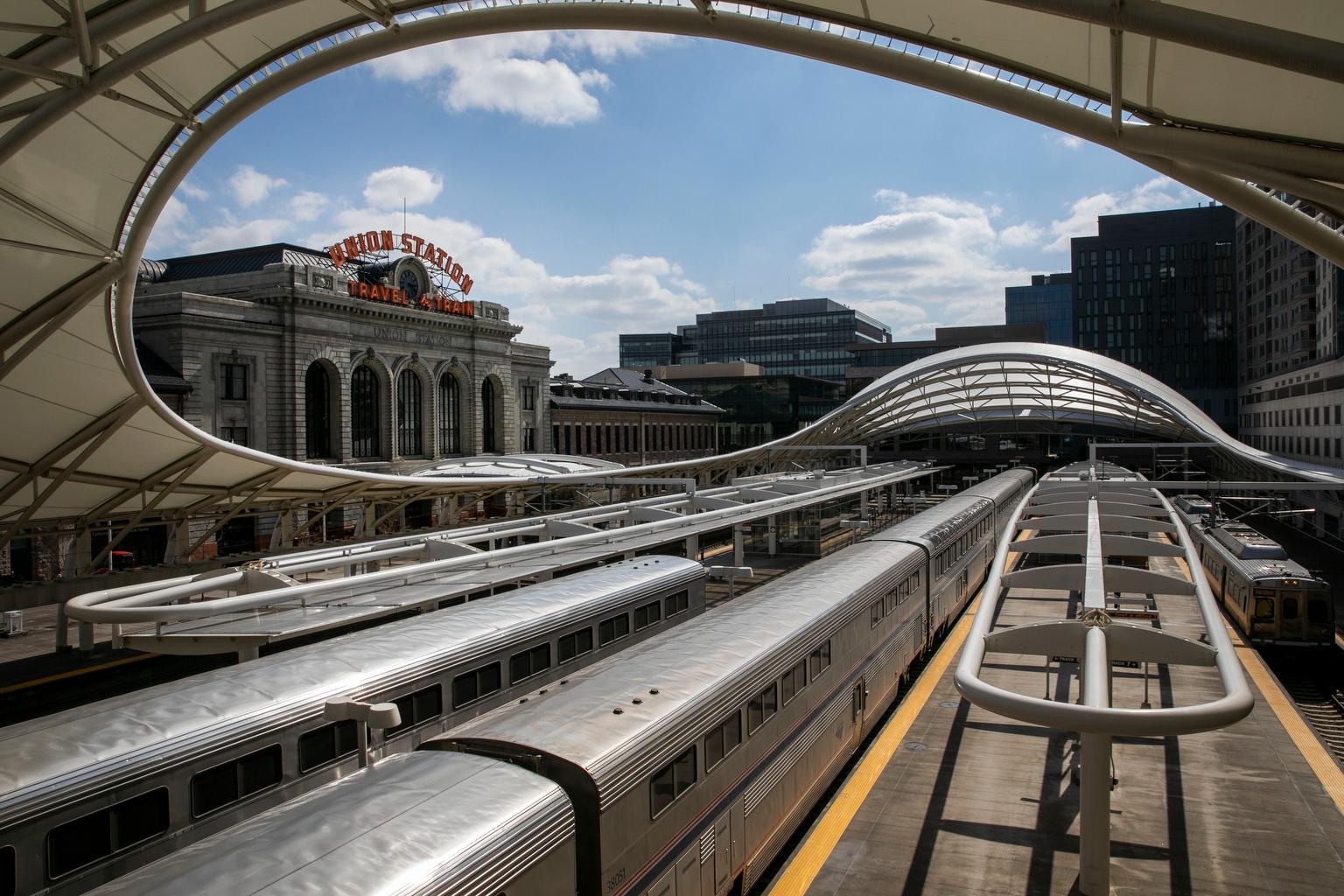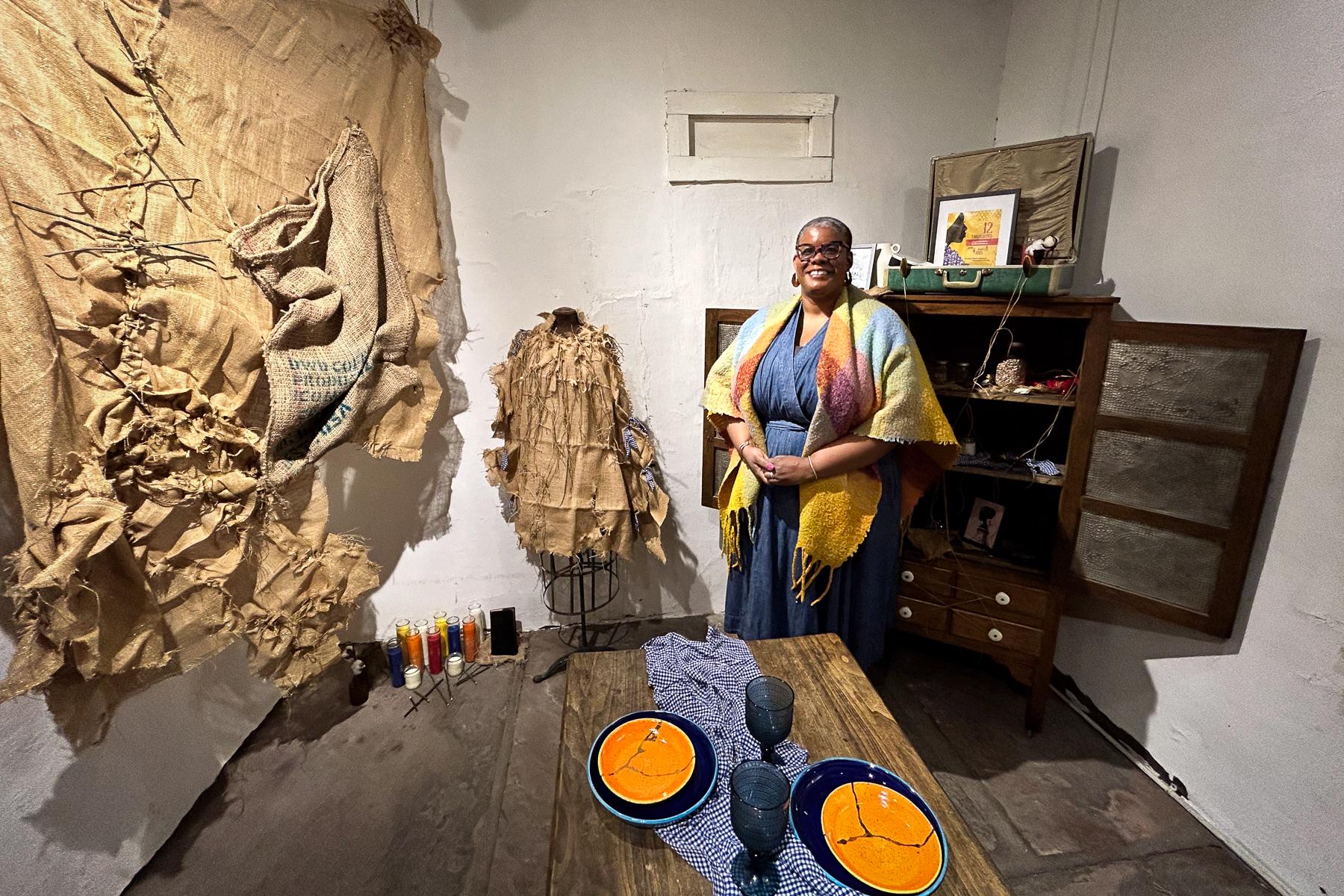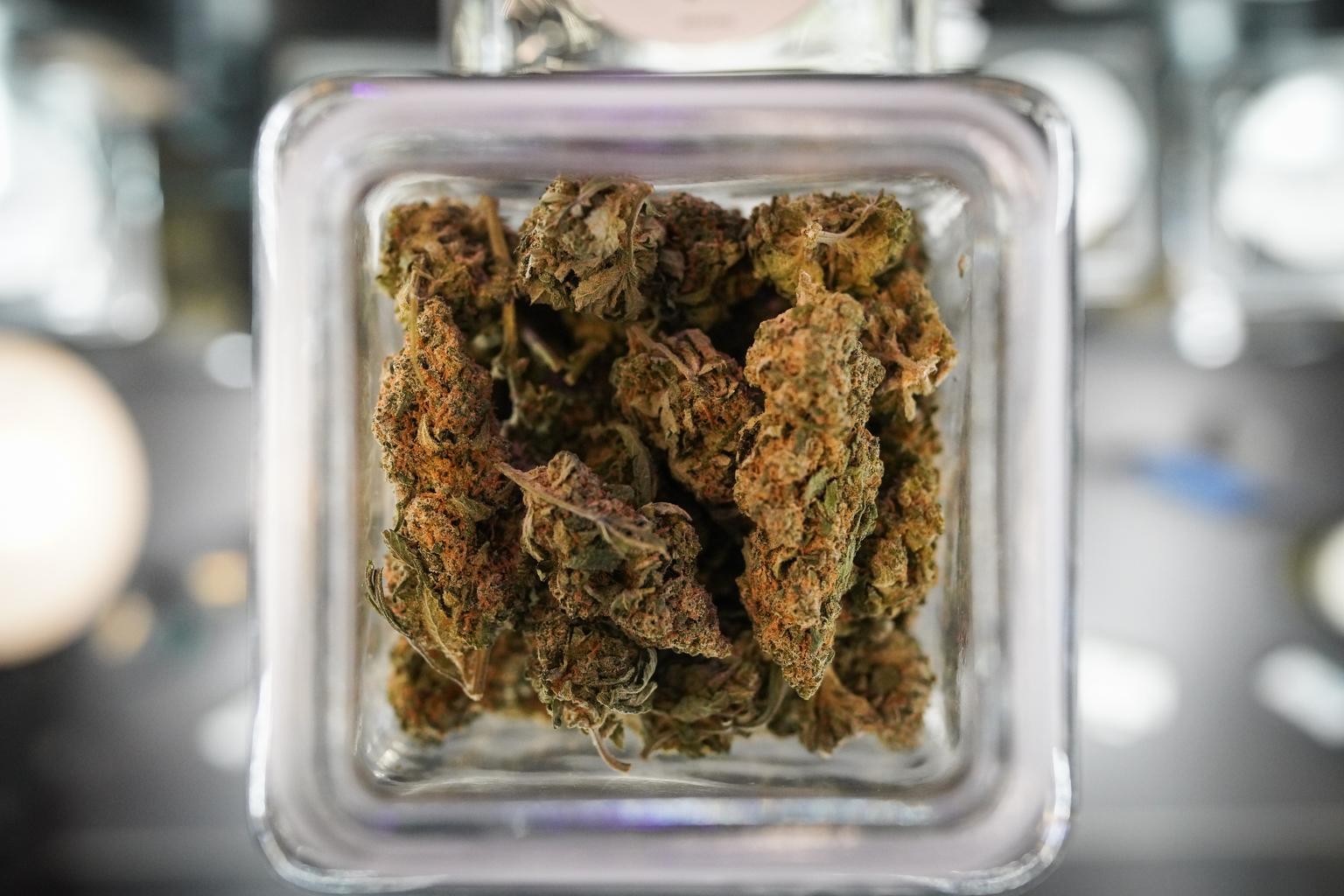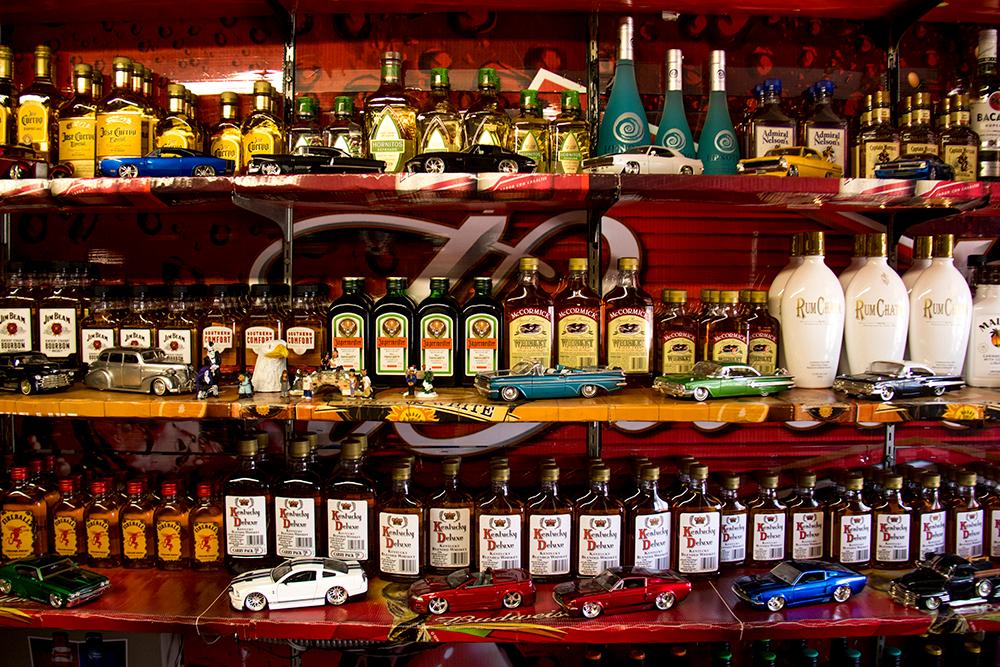
Updated at 7:34 a.m. on Friday, Sept. 1, 2023
Planners and supporters of a proposed passenger rail line from Pueblo to Fort Collins — including Gov. Jared Polis — are working toward a 2024 ballot measure that would ask voters to help fund the line.
The train line would likely operate primarily on its own tracks in existing freight rail corridors, could carry more than 2 million passengers a year, and could cost between $8 billion and $14 billion for a full build-out, according to a 2020 analysis from the Front Range Passenger Rail District. A lower-cost, interim version would have passenger trains on freight tracks.
Supporters are hoping to fund the project through a combination of a new tax and federal infrastructure money.
They see the November 2024 vote, which is expected to have a large turnout, as their best chance of convincing voters to support the plan. The question from planners is whether or not the project will be ready to face a vote from Front Range residents.
“We have to make sure we have a case to make to the public,” Jim Souby, chair of the district’s board of directors, said in an interview.
The governor also wants a 2024 ballot measure, said Lisa Kaufmann, a long-time advisor of Polis’ — so long as planners are ready and the public appears supportive.
“We're never going to get the option of looking at '24 if we don't set that as an aspirational goal,” Kaufmann told the district’s board in July. “But it might not be ripe in '24. And if it's not ripe, then it doesn't make sense to go forward."
State officials have slowly been laying tracks for a Front Range passenger rail line for years, commissioning preliminary technical work, creating a government district to help fund the line, and building public support.
Now, rail backers are entering a critical phase of the project that Polis hopes will help shape growth and expand transportation options for Coloradans for generations to come. Between the 2024 ballot and the massive federal infrastructure bilI President Biden signed in 2021, billions of dollars of potential funding are at stake.
A fierce competition for federal dollars.
The federal infrastructure bill included $66 billion for rail. Some $12 billion of that will go to developing new inter-city rail lines across the country — and Amtrak has explicitly said it wants to open a line along Colorado’s Front Range.
Still, federal support for Colorado is not a sure thing. The Front Range Passenger Rail district has applied for a Federal Railroad Administration program that would grease the skids for more federal support and funding. The district should hear back in November.
“I'm confident we're going to be included in that program,” he said. “But of course they haven't made the decision yet, so we'll keep our fingers crossed.”
Competition could be fierce. Federal rail regulators are weighing 90 applicants for that program, said John Putnam, a former lawyer for the U.S. Department of Transportation.
“It’s a critical opportunity,” Putnam said at Commuting Solutions’ Sustainable Transportation Summit in Longmont this week.
The governor sees the federal infrastructure law money as a big opportunity — and recognizes that it is temporary and limited, Kauffman said. Polis, a former congressman, and his head of the Colorado Department of Transportation, Shoshana Lew, a former U.S. Department of Transportation official, have both lobbied federal officials on behalf of the fledgling Front Range Passenger Rail district, Kaufmann told that board in July.
“Clearly, somebody is going to get trains,” Kaufmann said. “There's a big pot of money there. The question is, [is] Colorado going to get trains and new transit options? Or is Utah or Texas or California going to get that new passenger service?”
Colorado should not miss this “historic opportunity,” said Polis’ spokesman Conor Cahill.
“... the Governor’s message to the Front Range Rail District and CDOT is that unnecessary red tape or reinventing the wheel could cost us this once-in-a-generation opportunity,” Cahill wrote in an email. “Governor Polis stands ready to support them with every tool available to make them successful.”
The other big funding opportunity will need more than just the governor’s support.
The district has the legal power to ask voters within its borders, roughly the Interstate 25 corridor, for an 8-cent sales tax on a $10 purchase. But convincing voters to authorize some or all of that would likely take a massive campaign and the support of local officials up and down the Front Range.
Polling from 2019 showed overwhelming public support for passenger rail service along the Front Range, and 61 percent support for a sales tax increase to help pay for it.
But the pandemic and the inflation that followed may have hurt that support, Souby said.
“I think we lost a lot of ground through the pandemic,” he said, adding that the district doesn’t have recent polling figures to confirm that hunch.
Souby also said he often hears concerns from local officials about Colorado’s last big taxpayer-funded attempt at passenger rail: The Regional Transportation District’s FasTracks program, which voters passed in 2004.
About three-quarters of those Denver-area rail lines have been completed. But ridership has never met expectations on most of them, and the Boulder-Longmont areas are still waiting on their line after cost escalations made it prohibitively expensive. RTD also hopes it can piggyback on Front Range rail to help it complete the Boulder train.
Front Range rail officials have long seen RTD’s experience as a cautionary tale, one where RTD didn’t do nearly enough homework before going to the ballot and dealt with ballooning costs just a few years after the 2004 vote.
But Souby said FasTracks is also a lesson that costs typically escalate, so going to voters as quickly as possible might make the most sense financially.
“This is not going to be an easy decision,” he said. “But yes, we want to make sure we don’t make the same mistakes that were made in the past.”
The district is currently working on a service development plan that will detail possible routes, stations, service frequency, infrastructure needs, and other key information. That will be done next year, Souby said, but some of the work should be done early enough to inform a possible 2024 ballot measure.
Related coverage
- Front Range Rail Bill That Would Create A Special District To Support The Project Is Closer To Becoming Law
- That Idea For A Front Range Train Remains A Popular One
- With Or Without Biden’s Infrastructure Bill, Amtrak Says It’s Committed To Front Range Passenger Rail
- Front Range Rail Commission Sees Cautionary Tale In RTD’s FasTracks — And Opportunity
- Front Range Rail Project Gets A Rough $2B Price Tag As RTD Looks To Jump On Board








